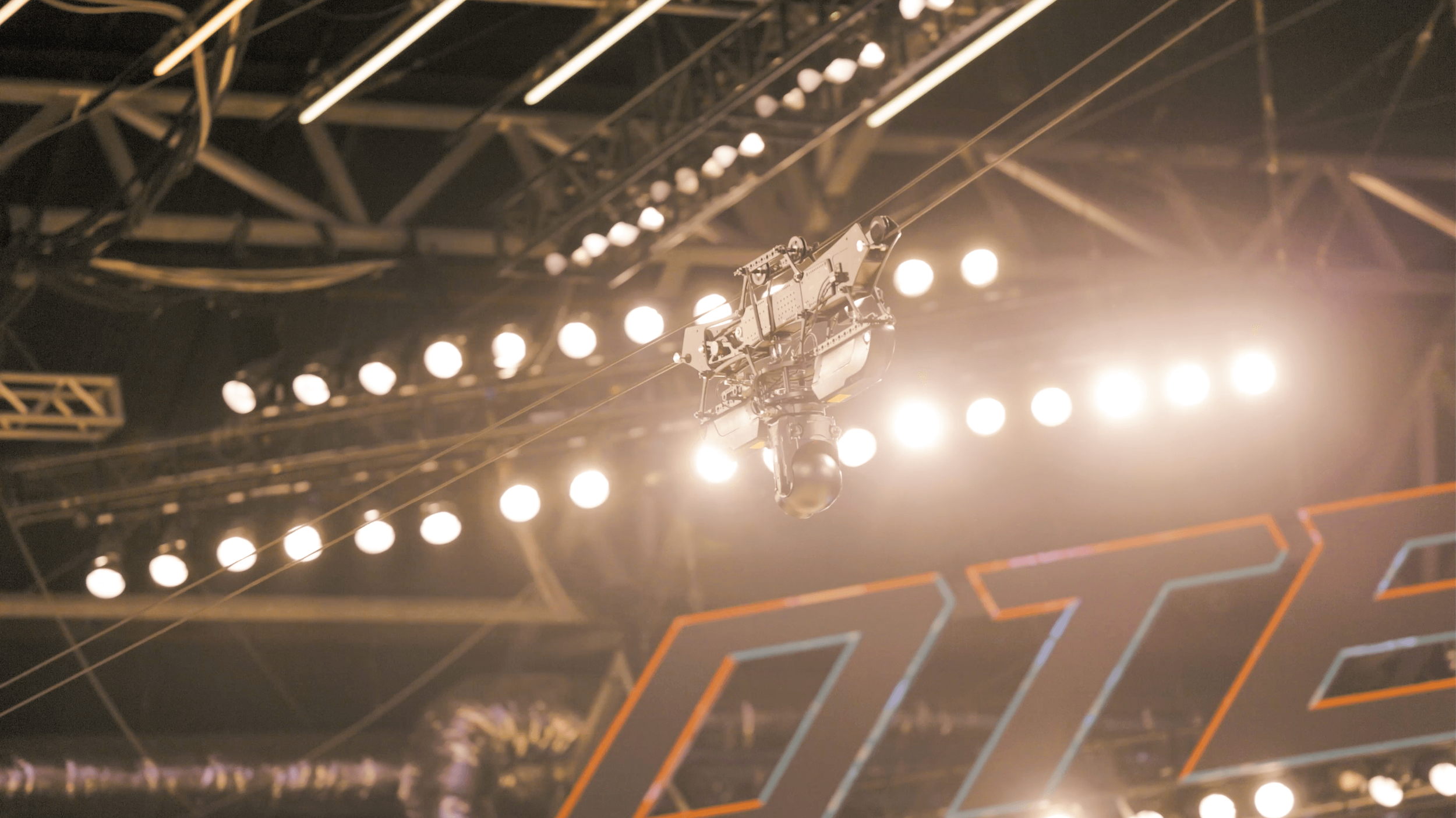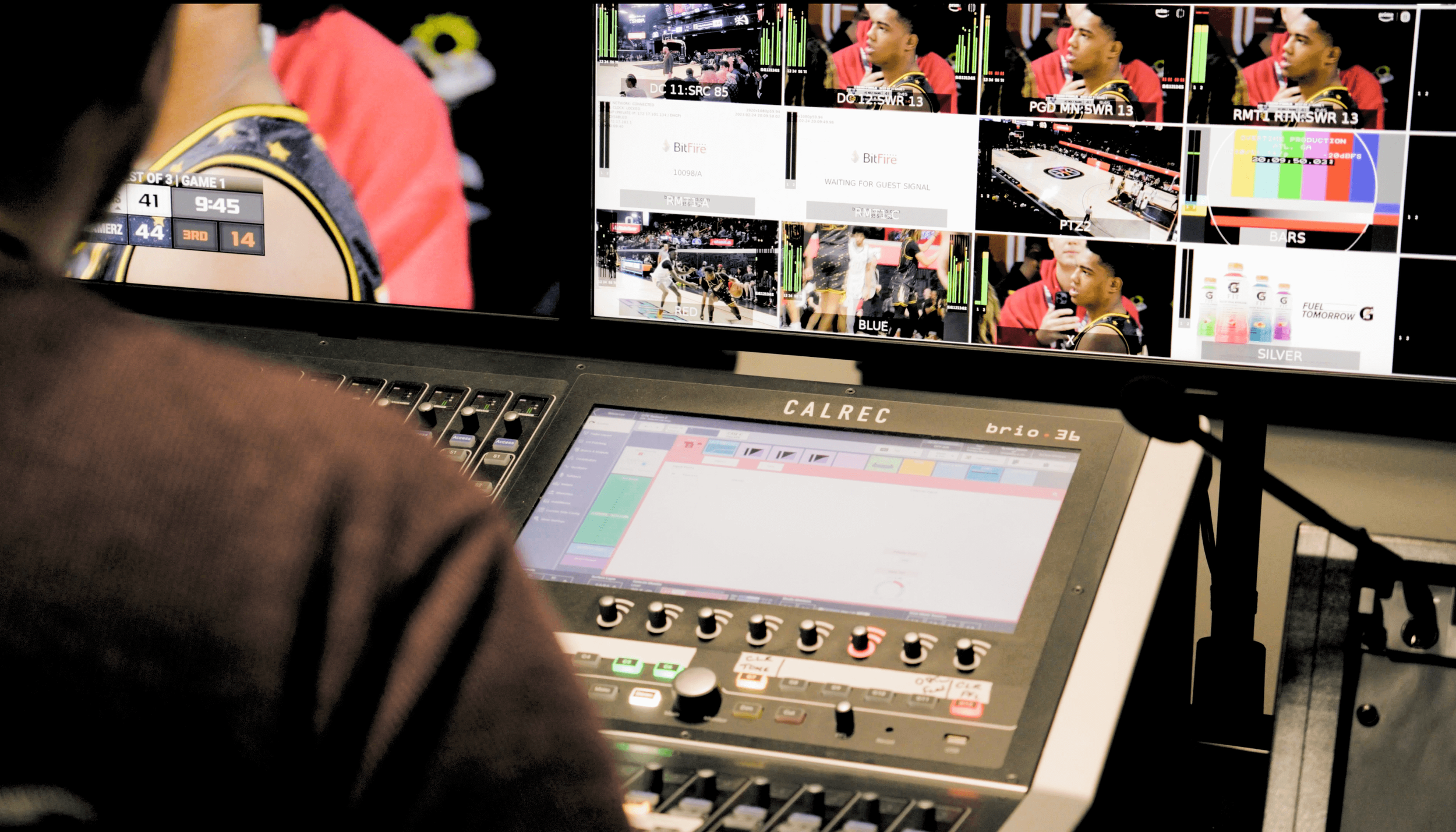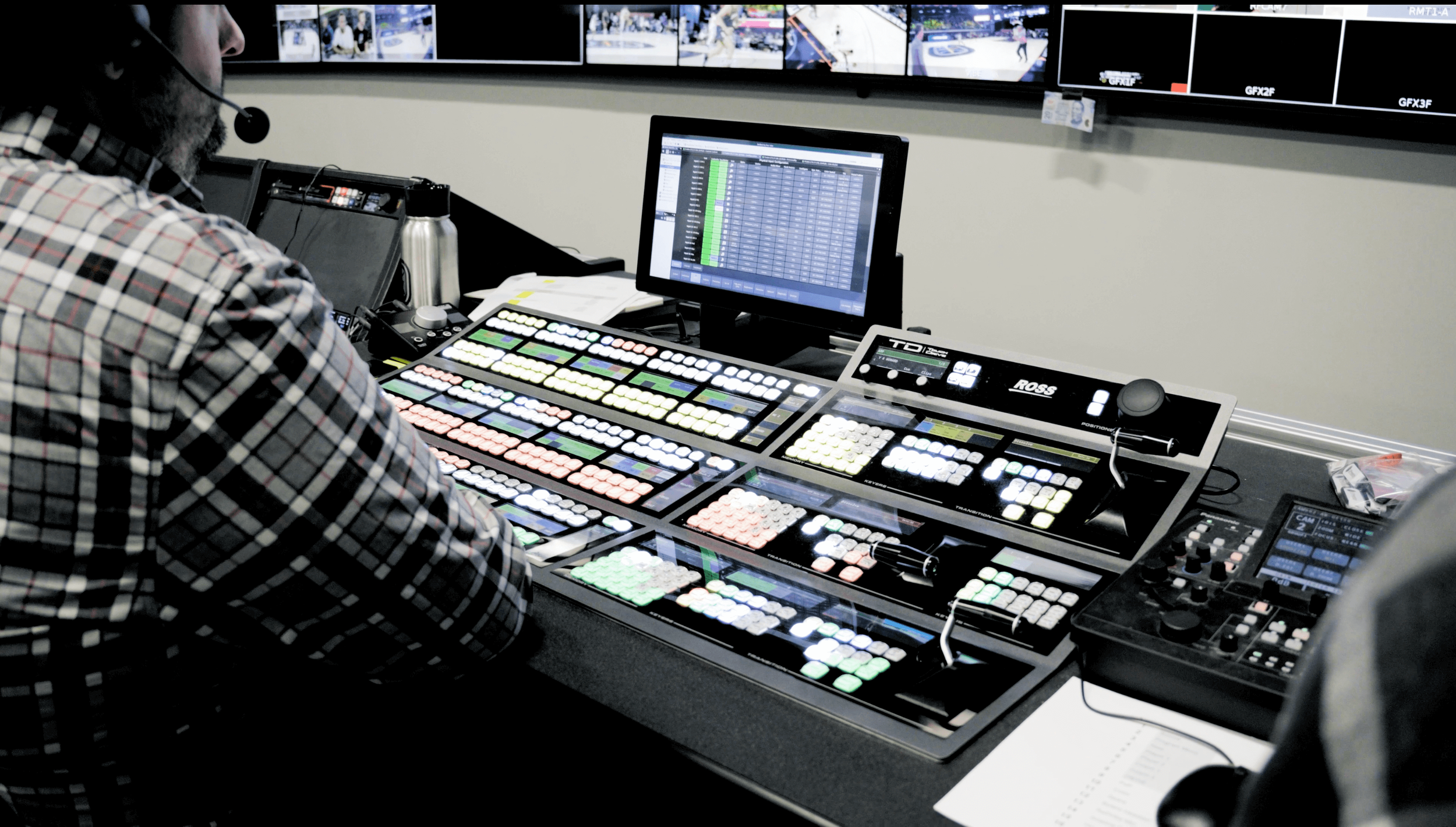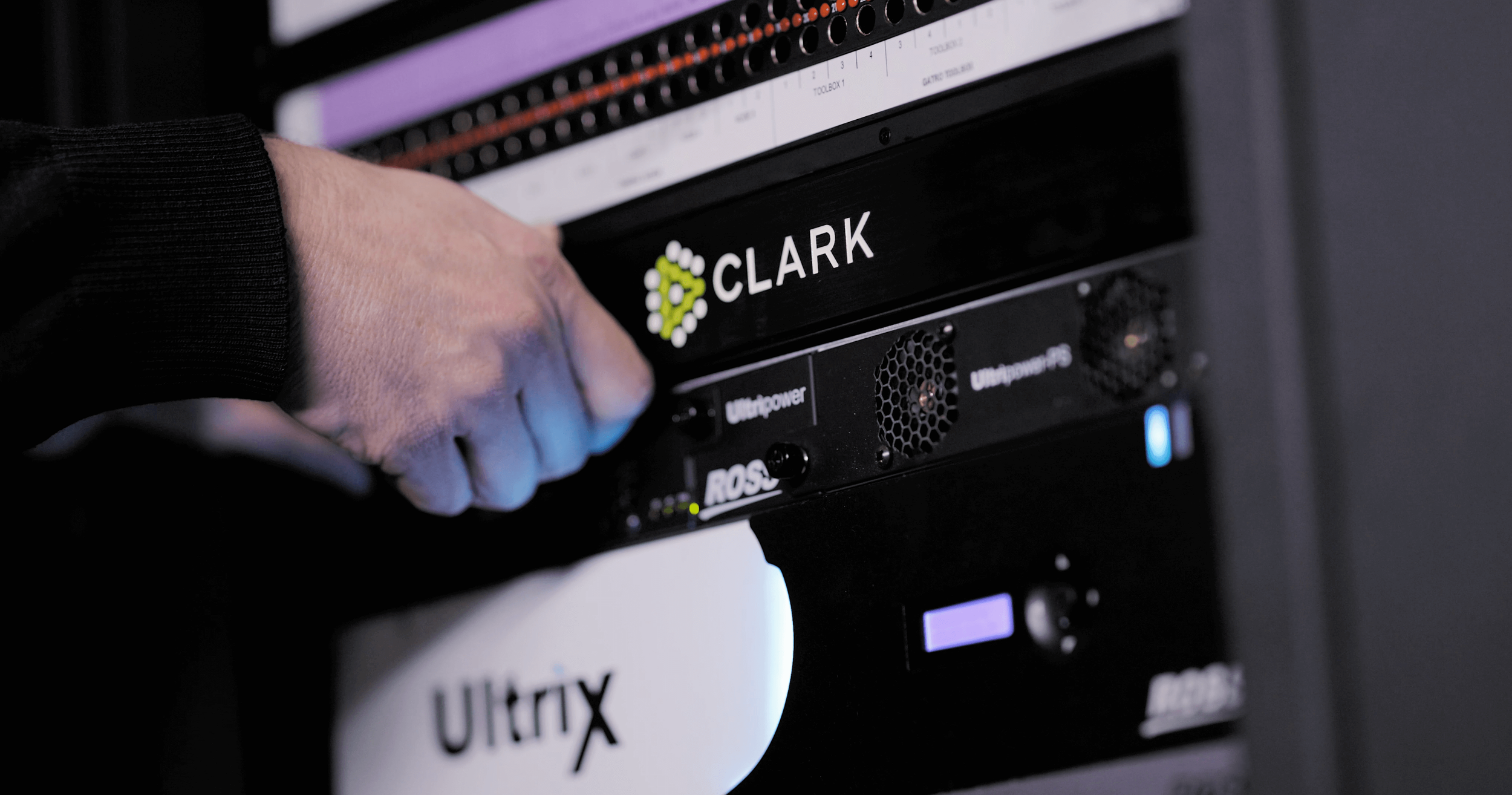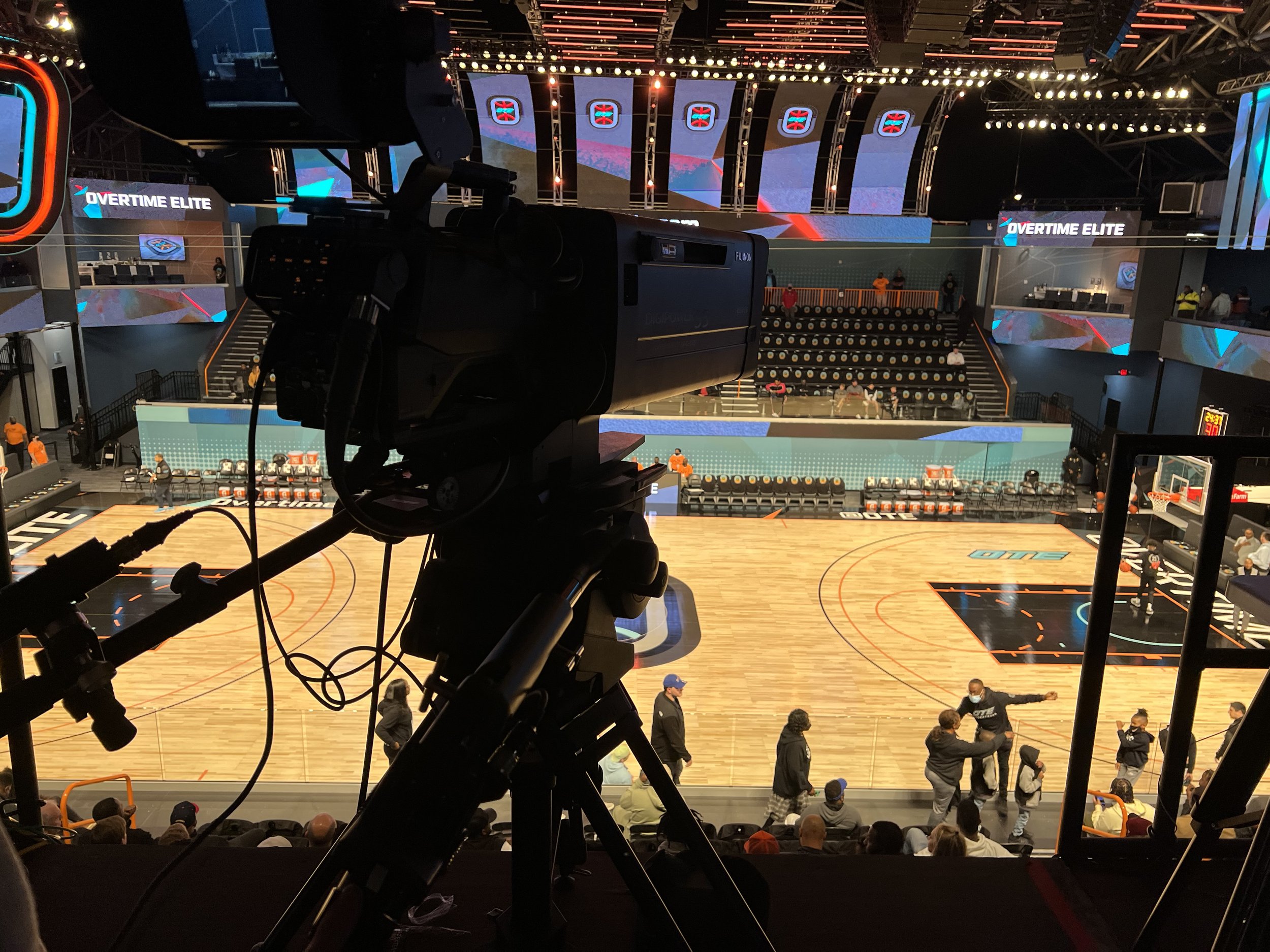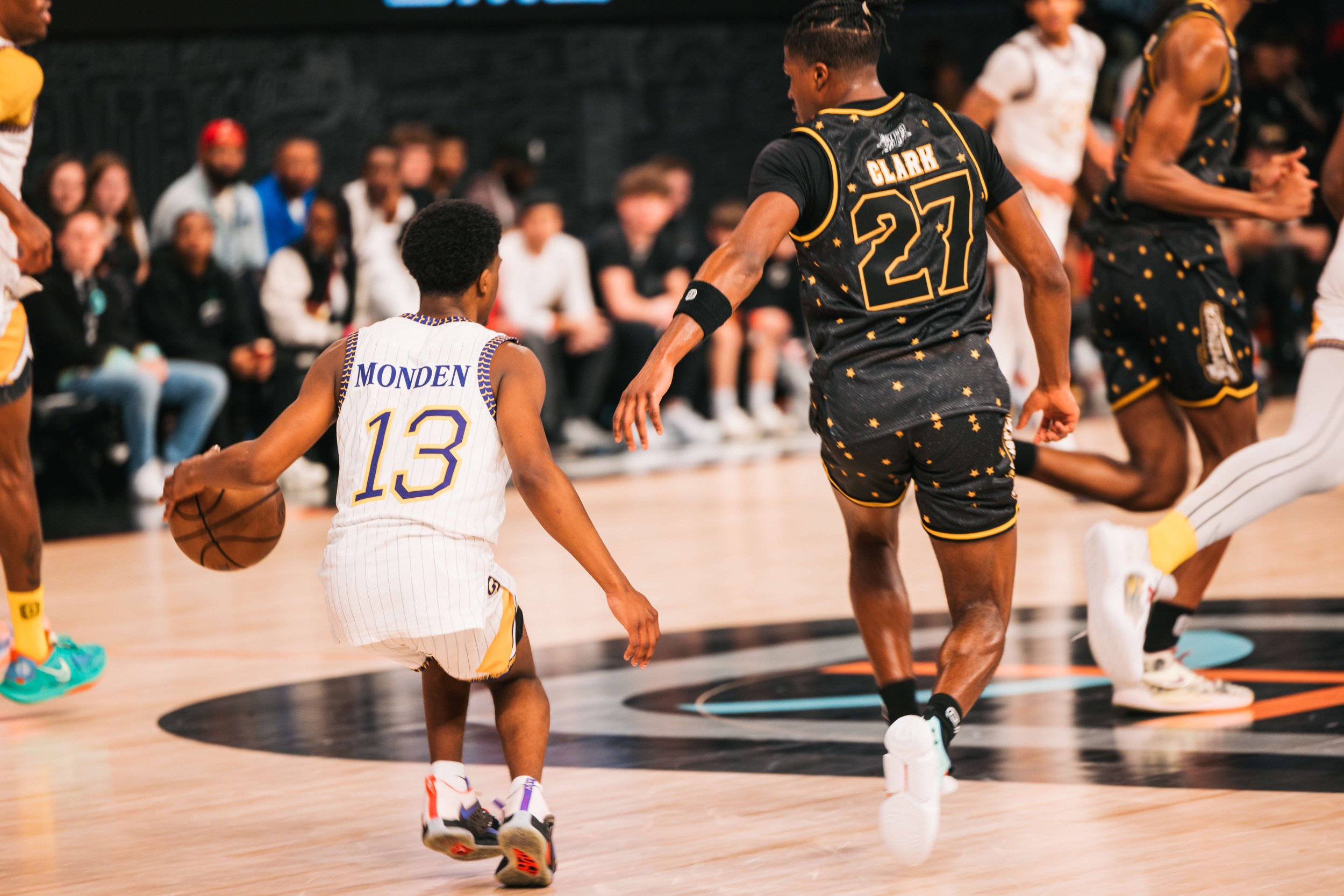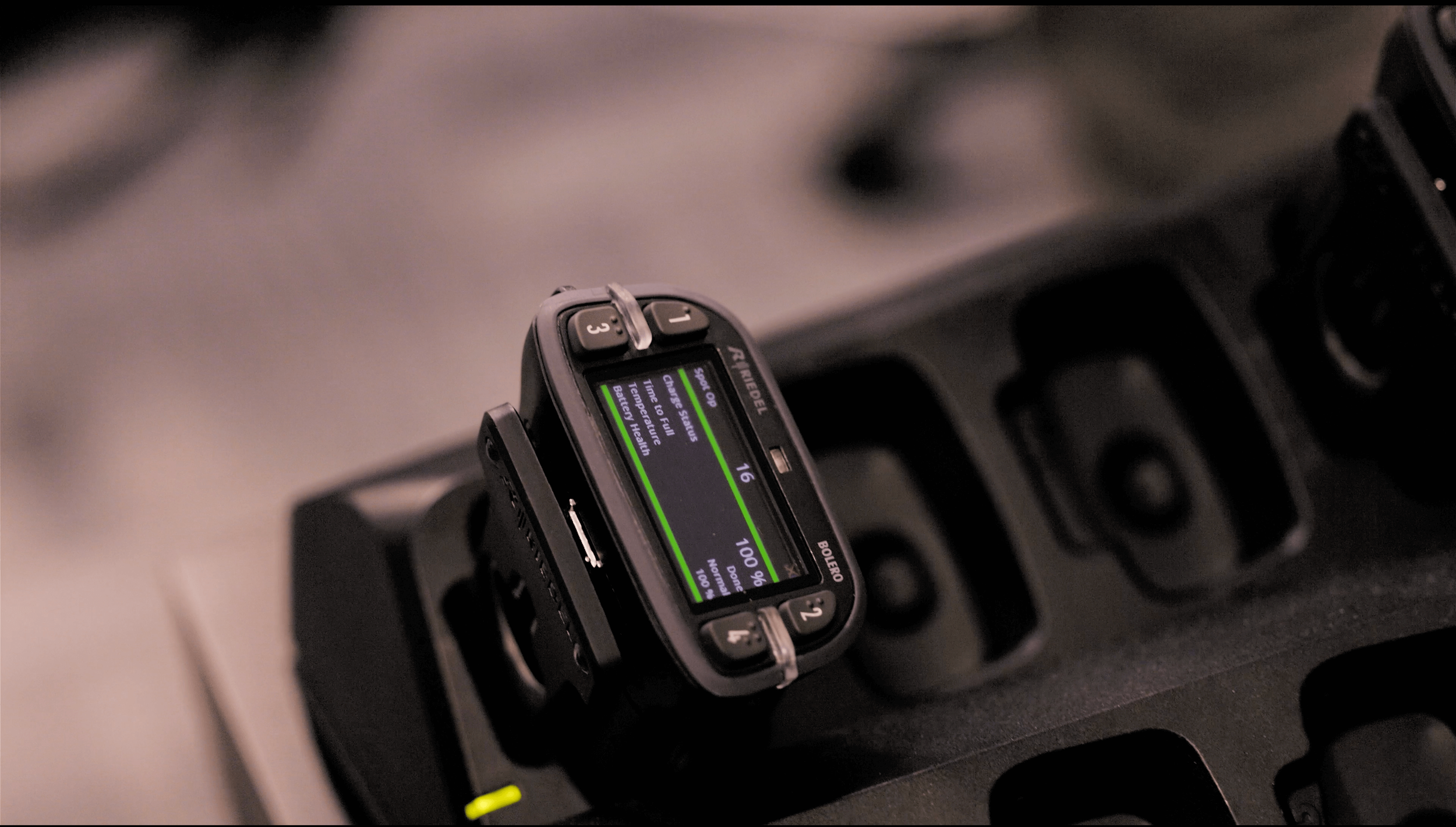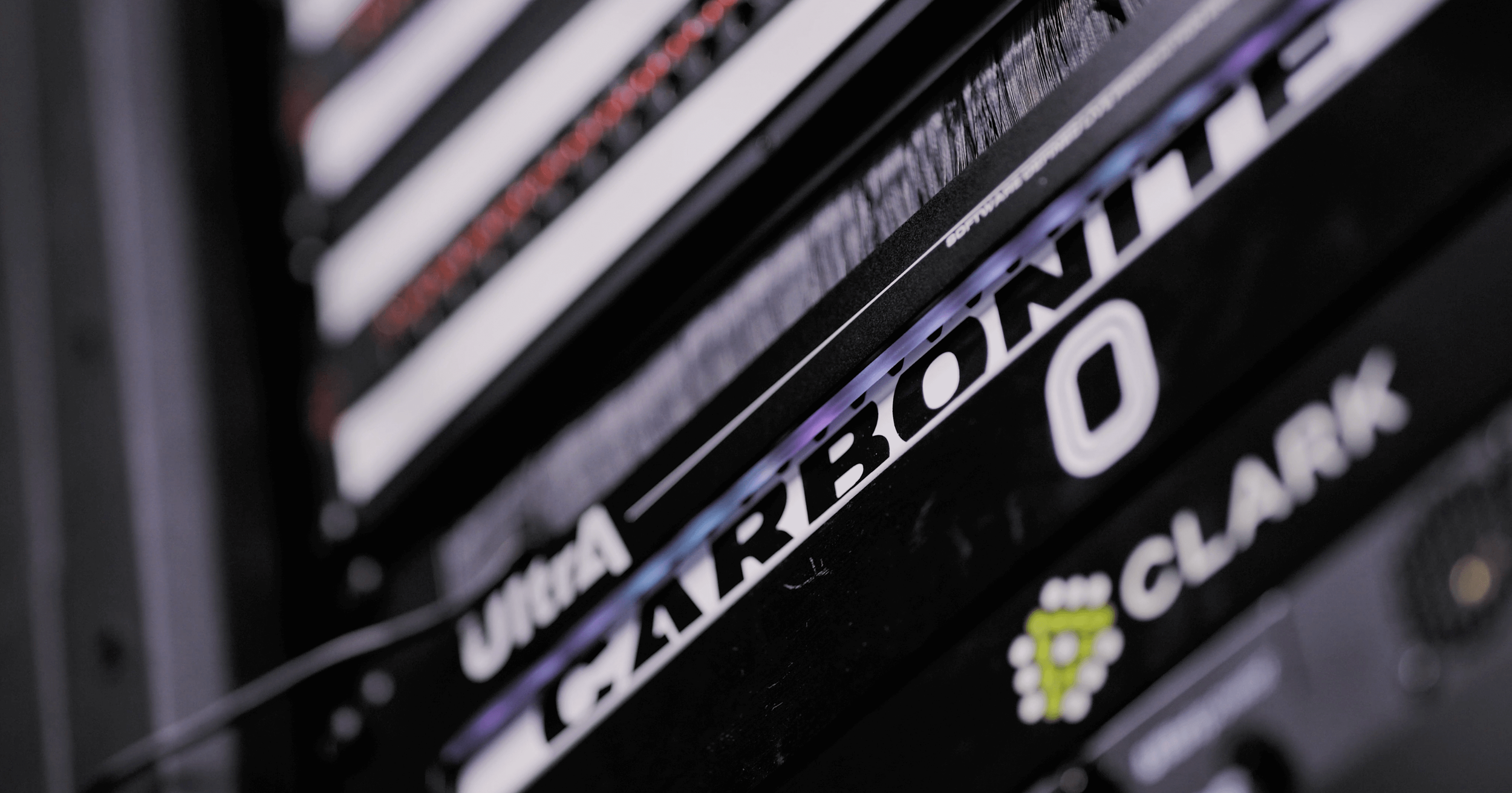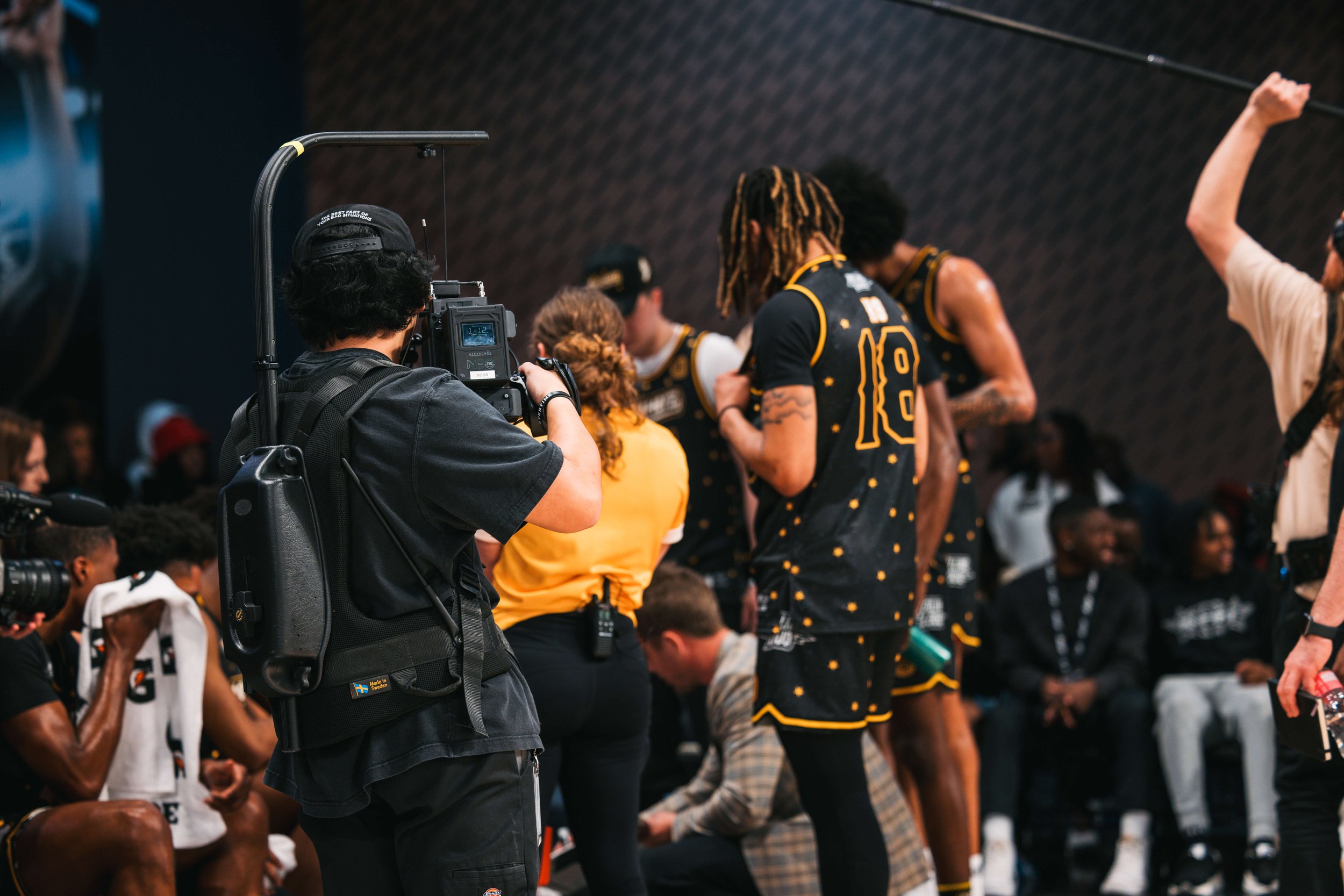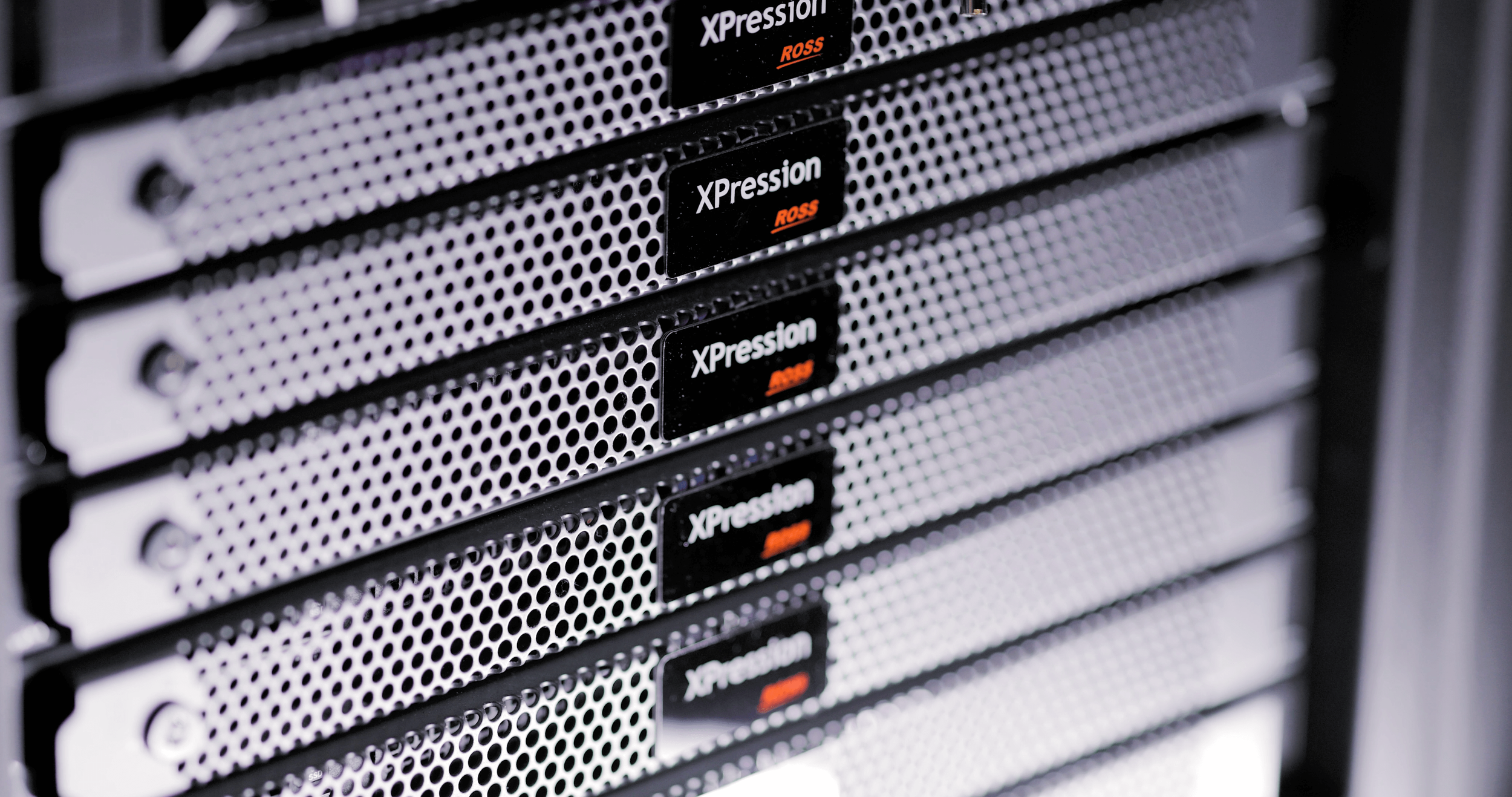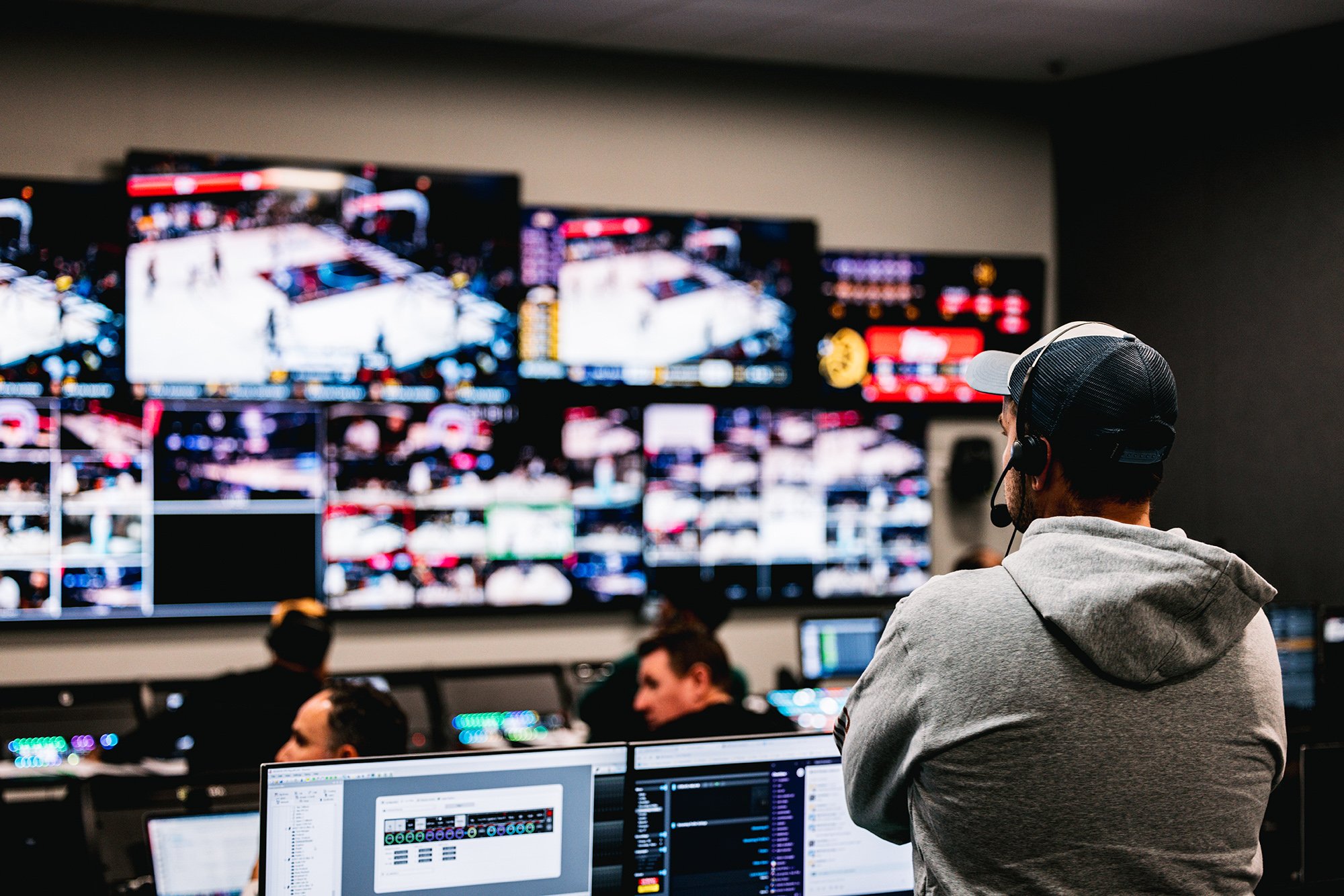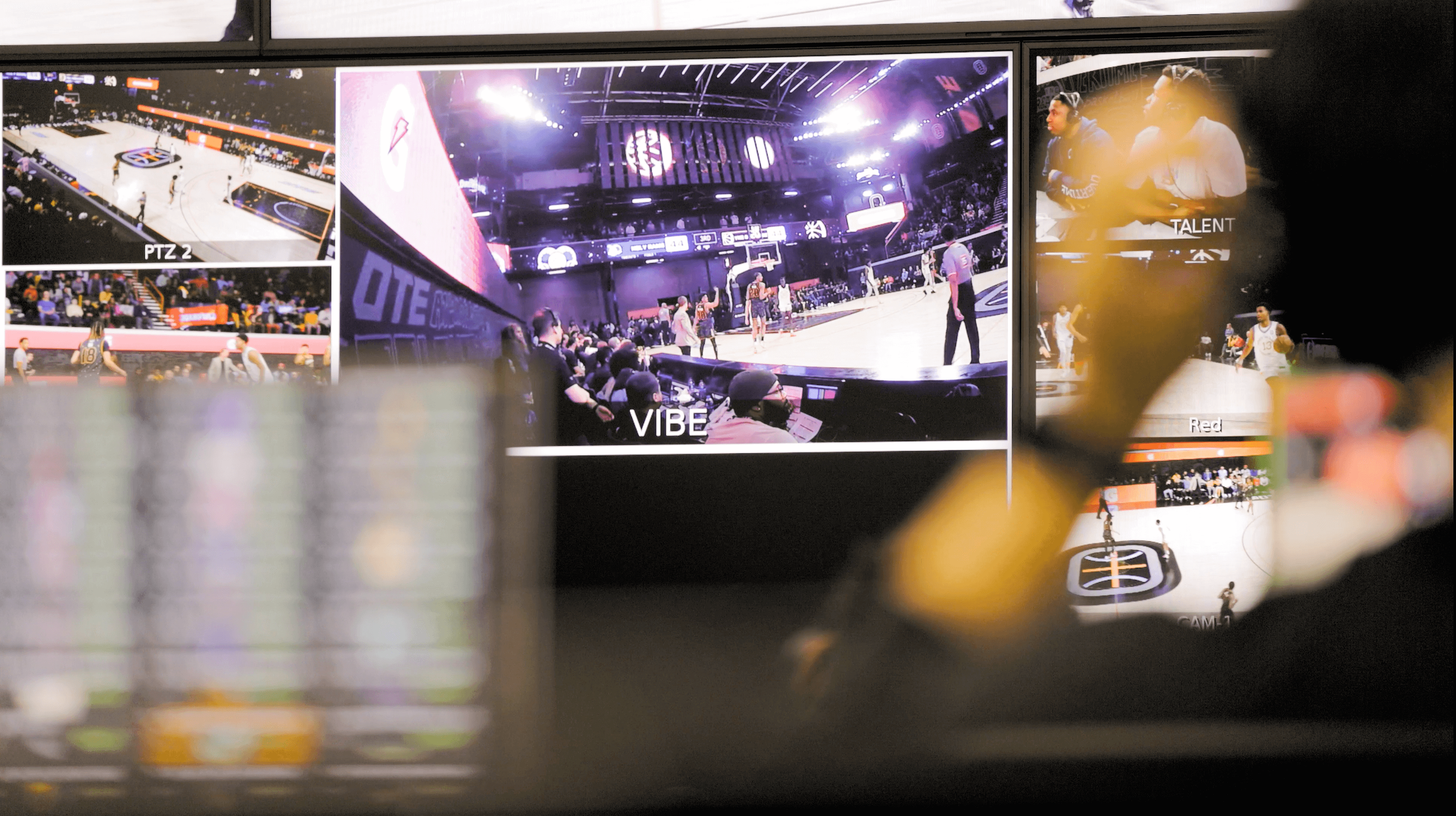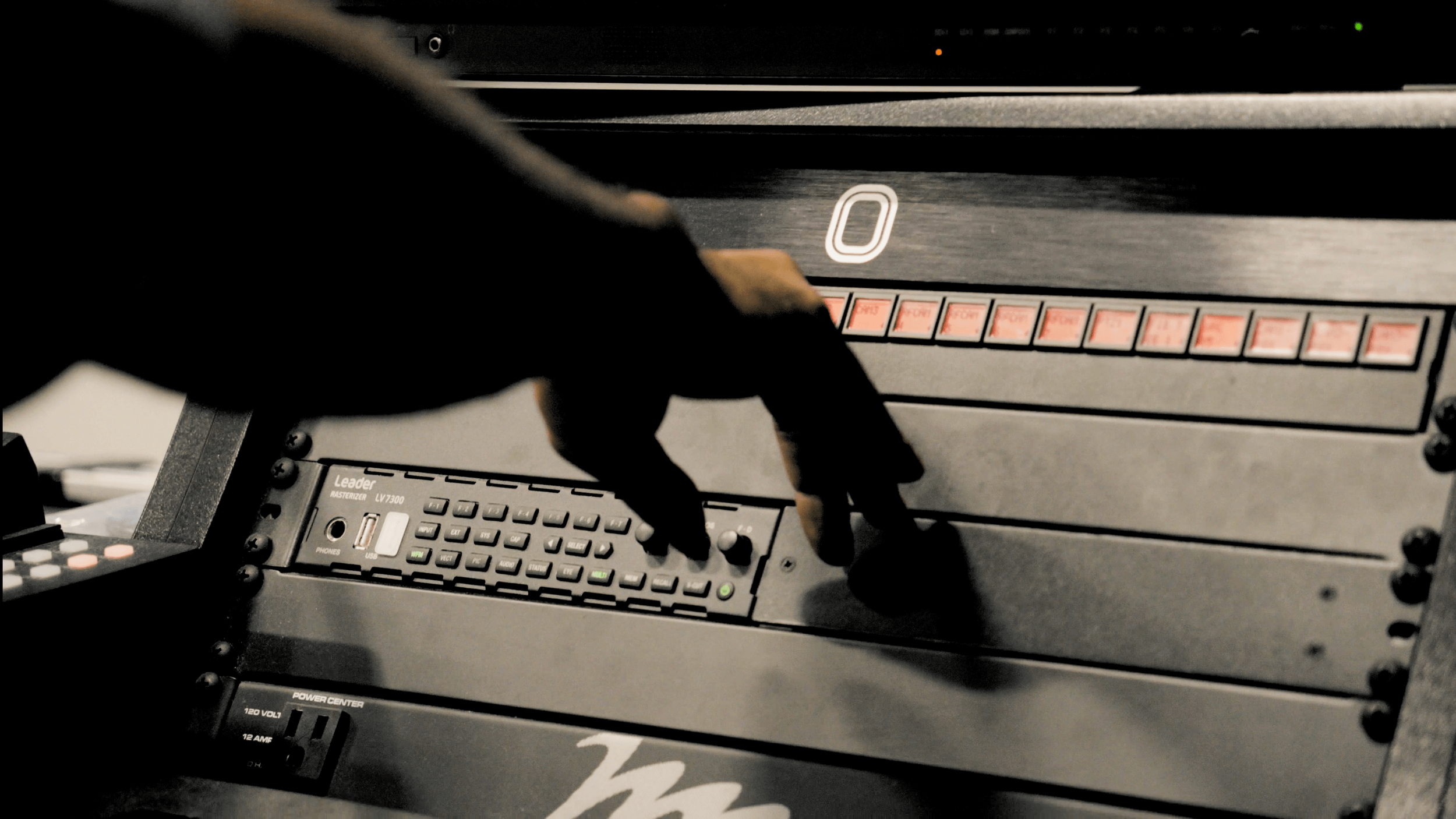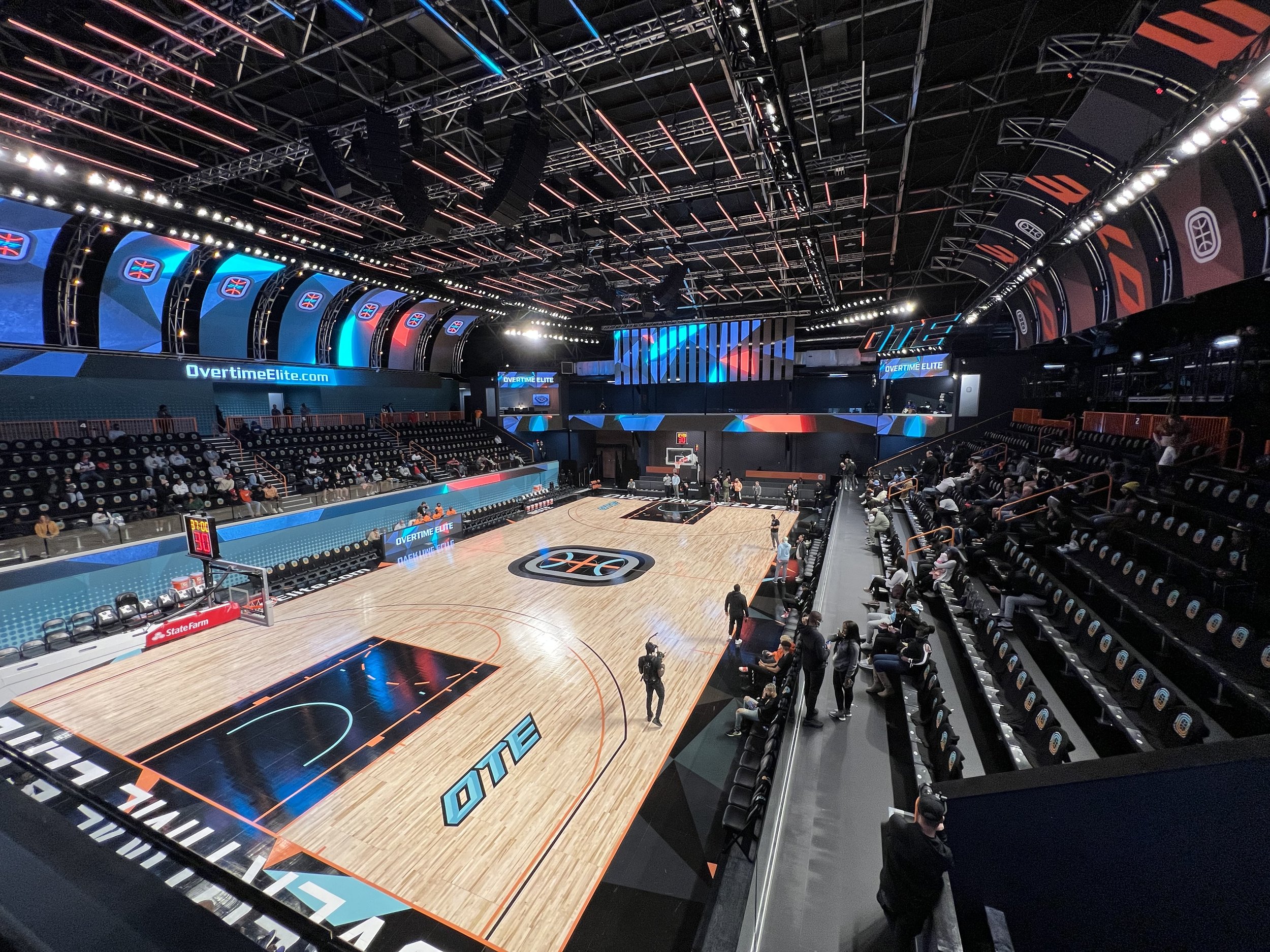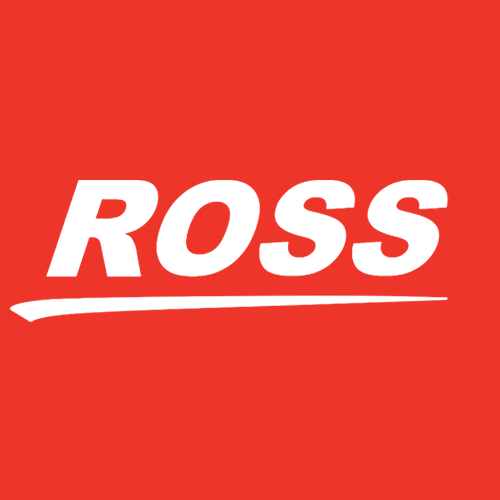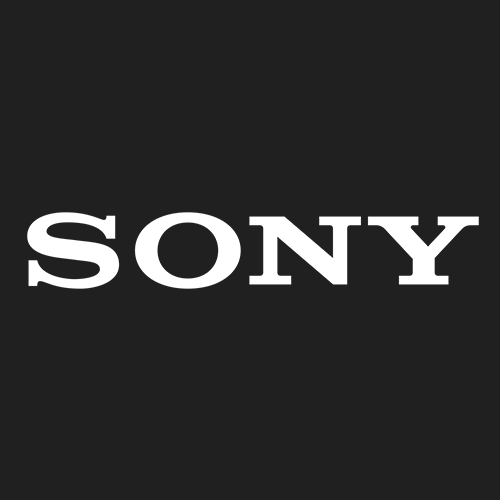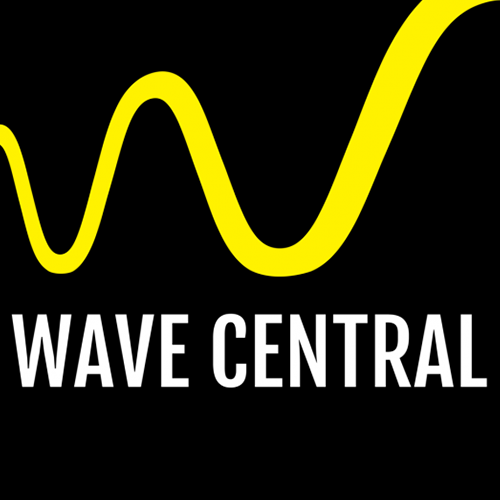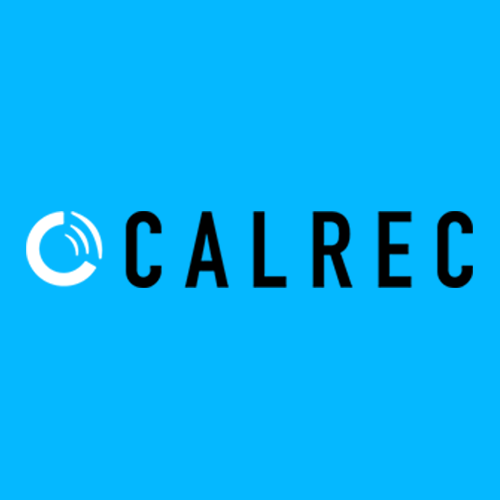O V E R T I M E E L I T E × C L A R K
❝When you have a question
Clark has an answer.❞
— Matt Montemayor, Head of Production and TechnologyOvertime Elite (OTE) is a content creation company that has evolved into a sports company setup as a full broadcast production house.
Overtime leads YouTube with the most watched long format content. Their long format videos easily reach three-quarters of a million views for a single piece of content. OTE created a basketball league to fill a gap in the basketball sports industry for players that wanted to go from high school directly to the NBA without playing a year of college basketball. Being true to its core, OTE wanted to create compelling content capturing the journey of these incredible athletes that included game-play, practices, off-court conversations, and “behind-the-scenes” moments that its audience already loved and expects from the brand.
To facilitate the capture of this content OTE set out to build a world class facility.
OTE partnered with Clark to make this vision a reality.
To not only attract the best players in the world but capture the best content in a unique way that would continue to engage its large online audience.
The OTE in-person experience is crucial to the vibe that OTE wants for its athletes and the fans in the seats. This in-person experience included real-time commentators, in-person entertainment, and of course great basketball.
To capture this content Clark designed and integrated a broadcast video system capable of meeting the requirements of national sports broadcasters such as ESPN and Amazon Prime Video with a robust video ingest backend for capturing ISO of cameras and switcher line-cuts for real-time social media posts and post-game content creation. To facilitate and support a flexible and robust workflow Clark designed and implemented a solution based on products from Ross Video, Sony Cameras, Defy, Wave Central, Calrec, and Editshare.
To capture this content Clark designed and integrated a broadcast video system capable of meeting the requirements of national sports broadcasters such as ESPN and Amazon Prime Video with a robust video ingest backend for capturing ISO of cameras and switcher line-cuts for real-time social media posts and post-game content creation. To facilitate and support a flexible and robust workflow Clark designed and implemented a solution based on products from Ross Video, Sony Cameras, Defy, Wave Central, Calrec, and Editshare.
The heart of the system is a Ross Ultrix FR5 Router with capacity for growth. The router provides several Multiview outputs, and all embedding and de-embedding of audio content. The switcher is a Ross Carbonite Ultra with three (3) full MEs and four (4) mini MEs, which is operated by a Ross Touchdrive TD3S. For dynamic graphic generation, the Ross Xpression was implemented. Using the Datalinq feature the Xpression is driving real-time game information such as score, game clock, shot clock, and stats to large in-venue LED wall and the on-air broadcast sent to Amazon Prime Video. To drive the in-venue LED walls, the Ross Xpression Tessera was implemented. This powerful platform provides real-time dynamic interaction of the LED walls with the action on the court.
To capture the content, Clark implemented three (3) Sony 3100 cameras with Fujinon XA55 box lenses and three (3) Sony FX9 for roaming cameras utilizing Wave Central for wireless video transmission. For the commentator booth, Clark implemented two (2) Panasonic UE-150. For aerial shots, Clark implemented a Defy Live Cable Cam with an EX250 head. In season two, OTE implemented a referee camera, the “Vibe Cam” to capture additional in-game action and get sideline interviews when play stopped.
For video ingest of content creation Clark implemented a Media Asset Management system from Editshare. This system provided eight (8) channels of ingest of a growing file that OTE could edit in real-time. This system also allowed for content to be tagged for later use. For replay, Clark implemented a Ross Video Mira*, which allowed for eight (8) channels of ingest and two (2) channels of playout.
For communications, Clark implemented the Riedel Artist Matrix Intercom system with the Bolero wireless belt packs and 1200 Series Smart Panels for end-user interaction and the Calrec Brio for broadcast audio and IFB control. One of the key features of the Riedel platform is the ability for OTE to take the Bolero ecosystem on the road for away games. The Riedel belt packs were capable of easily switching between the road kit and the in-venue ecosystem.
*The Mira has been replaced with the Evertz Dreamcatcher as OTE outgrew the capacity of the Mira.
Vendors:
“Clark can help us get better… we are looking to get better, improve technology, improve how we do things, and that is big value that Clark brings to Overtime. ”
“Through the entire process Clark was an amazing partner and we couldn’t have done it without them.”
“It’s hard to imagine OTE getting to this point without Clark.”
